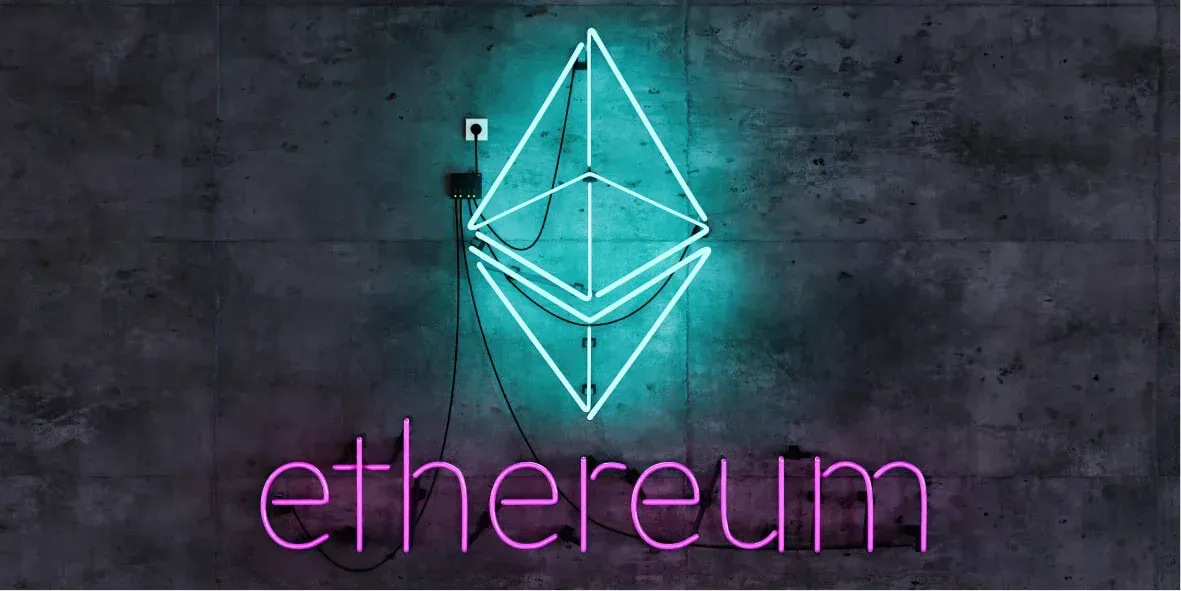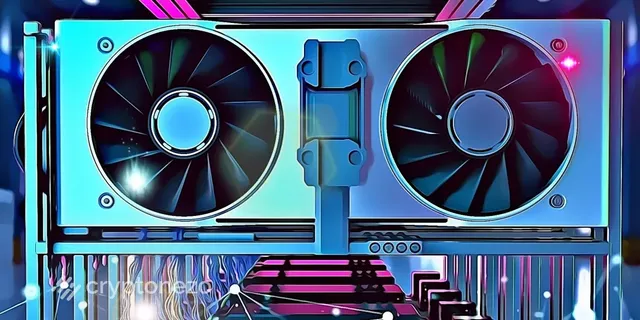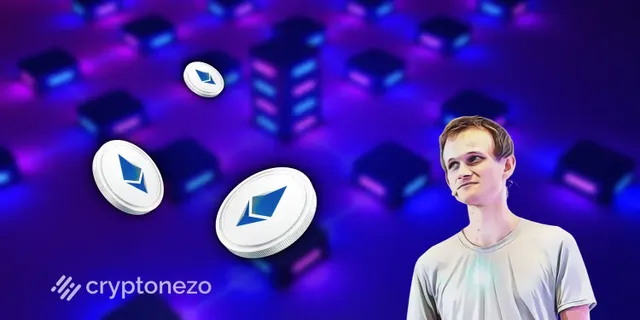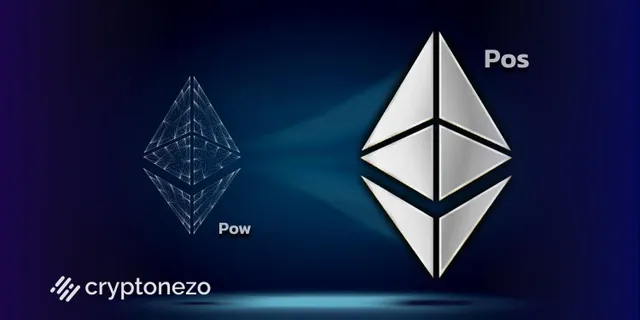Ethereum 2.0: What is The Merge all about?

The Ethereum Blockchain merge is just around the corner as it gets ready to be upgraded to a proof-of-stake mechanism.
Last week Ethereum performed a merge on the Kiln testnet, signalling that the much-expected upgrade is about to become real. But what exactly is this merge and why is it so expected?
To understand better this topic, we shall first split Ethereum as we know it into two main parts or layers:
• Execution layer: Also known as the application layer, it is where the transactions are processed, and it is where the massive volume of client work is concentrated.
• Consensus layer: This layer barely changed since the start of Ethereum, and is a proof-of-work layer, run by miners who compete providing computational power in exchange for block production.
So, the merge is all about replacing the proof-of-work model for the Beacon Chain, which is a highly sophisticated consensus layer based on proof-of-stake. Ethereum 2.0 does not have an application layer and currently, no transactions are being processed. As the replacement of the consensus layer occurs, the job of creating a block would then fall into the hands of the validators, which are the ones staking their ETH, and not to the miners anymore. From the words of the Ethereum Foundation:
“Imagine Ethereum is a spaceship that isn’t quite ready for an interstellar voyage. With the Beacon Chain the community has built a new engine and a hardened hull. When it’s time, the current ship will dock with this new system, merging into one ship, ready to put in some serious lightyears and take on the universe.”
The Ethereum Foundation developers have stated they are hoping that this Kiln testnet could be the last network test of the merge, before the final network upgrade, which is set to happen in the second quarter of this year. At the moment, the Kiln test is centered on dApps and tools, developers, node operators, infrastructure providers and stakers. Despite the merge test success, one of the developers, Tim Beiko, stated that a unique client wasn't producing blocks and the problem was already being verified.
The amount of ETH staked by the node operators already surpassed the 10 million mark, which represents more than US$28 billion. Those validators who stake in the Ethereum 2.0 contract will have control over the network once the merge is complete, instead of the miners, as is today. Validators are more aligned with the network as they need to stake their ETH to validate transactions. Some analysts say that this would significantly reduce the supply of ETH in circulation, which in return, could help to catalyze a spike in the coin price in the long term.
This merge is set to be a great positive step for the Ethereum ecosystem for many reasons. More security guarantees from catastrophic events, such as a 51% attack. Better network scalability, speed and settlement of transactions, also it is expected a considerable reduction in the transaction fees, which is not yet clear. And not less important, it is also better for the environment since it will drastically reduce the amount of energy needed to run the network. We are all looking forward to when this happens and how this milestone will affect the entire ecosystem.

Crypto researcher, investor and trader. Technical and data analyst.

.webp)




